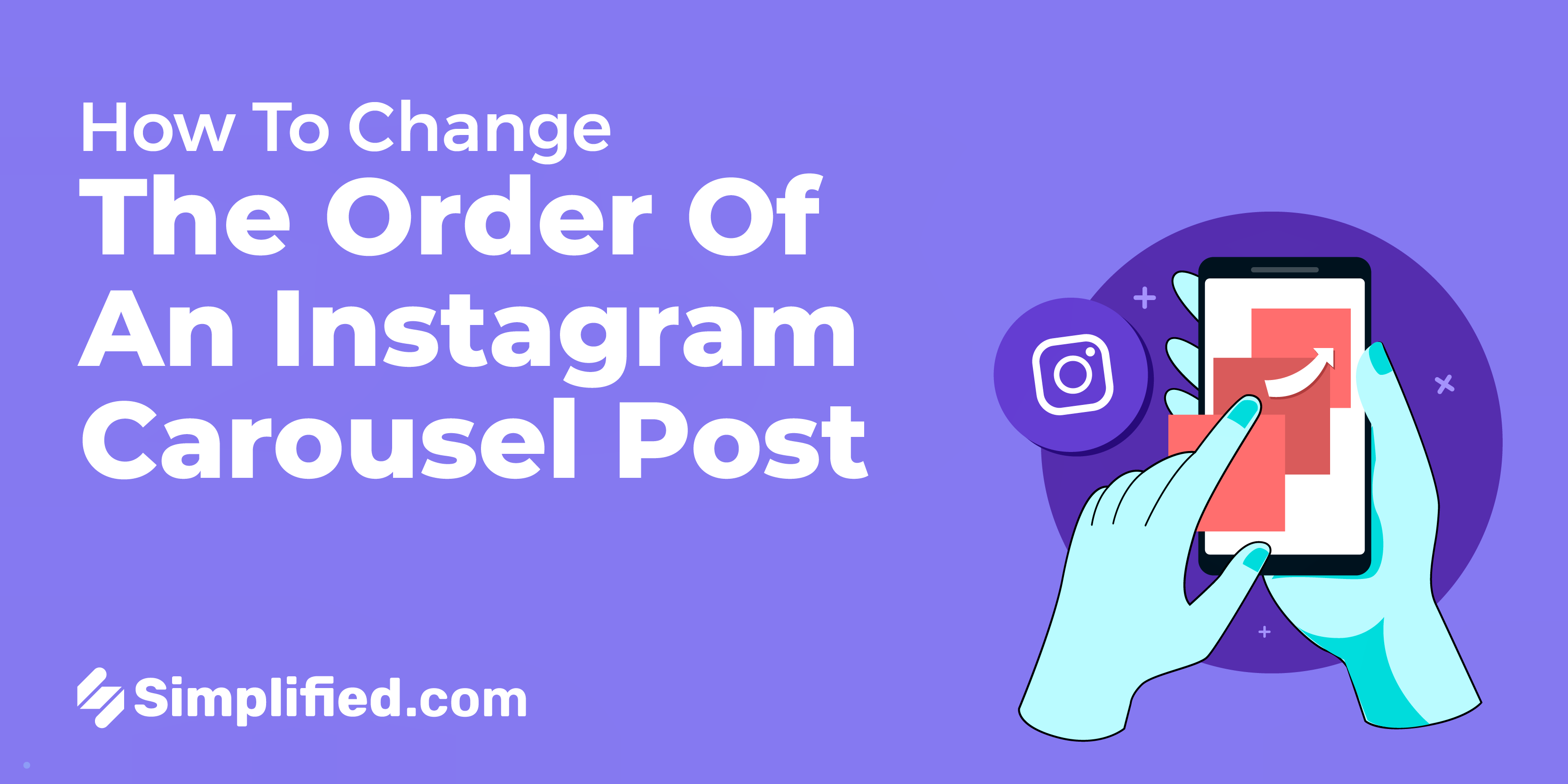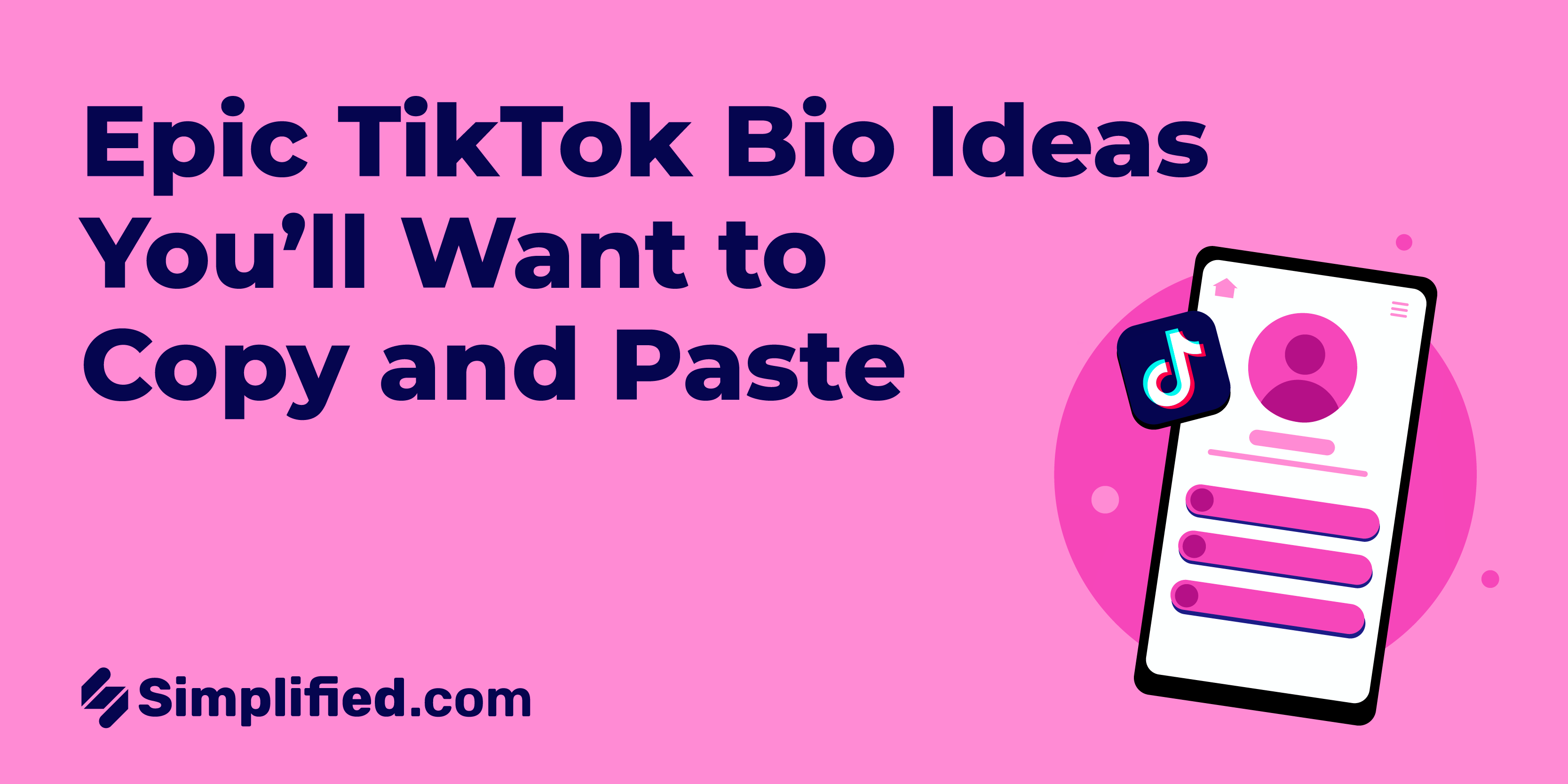User Persona is a pivotal term in the realm of social media, encapsulating a detailed representation of an idealized user. It goes beyond demographics, delving into preferences, behaviors, and motivations. Let's unravel the layers of this term and its significance in the digital landscape.
Key Components of User Persona
A user persona typically includes:
1. Demographic Information: Age, gender, location, and other essential statistical data.
2. Behavioral Traits: Insights into user behaviors, preferences, and patterns.
3. Goals and Objectives: Understanding what the user aims to achieve on a platform.
4. Challenges and Pain Points: Identifying obstacles users might face in their digital journey.
5. Preferred Content Types: Recognition of content formats users engage with the most.
User Persona on Social Media: A Deeper Dive
Contextualizing the Meaning on Different Platforms
1. LinkedIn: Professional Personification
On LinkedIn, User Persona takes a professional turn. Here, it involves highlighting career milestones, industry preferences, and networking objectives. Crafting a compelling LinkedIn User Persona is crucial for personal branding and career advancement.
2. Instagram: Visualizing the Persona
Instagram, being a visual-centric platform, emphasizes aesthetically pleasing User Personas. It involves curating a visual identity that resonates with followers, utilizing photos, graphics, and consistent themes.
3. Twitter: Concise and Engaging Profiles
In the fast-paced Twitterverse, User Persona condenses to a concise yet engaging format. Users often define their persona through a combination of a catchy bio, pinned tweets, and active engagement in trending conversations.
4. Facebook: Personal and Community-Driven
Facebook User Persona extends beyond individual traits to community affiliations. It involves portraying personal life, interests, and group affiliations, creating a more holistic representation.Why User Persona Matters on Social Media
Understanding the user persona is pivotal for:
a) Targeted Marketing: Tailoring content to specific user preferences.
b) Community Building: Forging connections based on shared interests.
c) Content Strategy: Crafting content that resonates with the intended audience.
In conclusion, comprehending the nuanced meaning of User Persona and adapting it to various social media platforms is key to fostering meaningful digital interactions. Each platform offers a unique canvas for individuals and brands to paint a vivid picture of their digital identity.
.webp)













